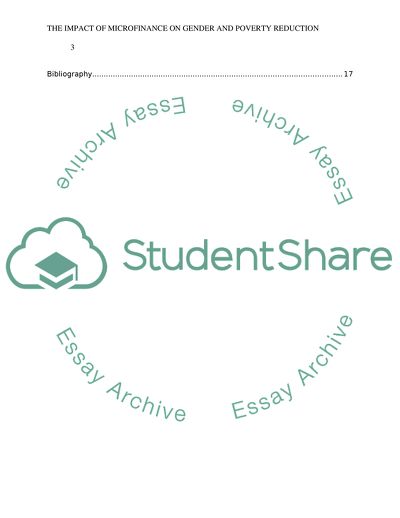Cite this document
(MICROFINANCE Essay Example | Topics and Well Written Essays - 3000 words, n.d.)
MICROFINANCE Essay Example | Topics and Well Written Essays - 3000 words. https://studentshare.org/finance-accounting/1868862-microfinance
MICROFINANCE Essay Example | Topics and Well Written Essays - 3000 words. https://studentshare.org/finance-accounting/1868862-microfinance
(MICROFINANCE Essay Example | Topics and Well Written Essays - 3000 Words)
MICROFINANCE Essay Example | Topics and Well Written Essays - 3000 Words. https://studentshare.org/finance-accounting/1868862-microfinance.
MICROFINANCE Essay Example | Topics and Well Written Essays - 3000 Words. https://studentshare.org/finance-accounting/1868862-microfinance.
“MICROFINANCE Essay Example | Topics and Well Written Essays - 3000 Words”. https://studentshare.org/finance-accounting/1868862-microfinance.


